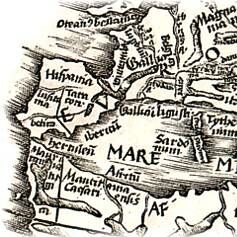The History of Playing Cards
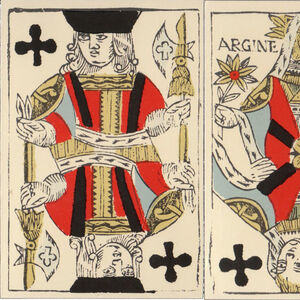
“Deck with French suits”
A facsimile of an early 19th century French-suited deck from the collection of F.X. Schmid.
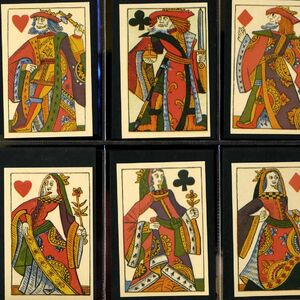
1: Playing Cards and their History: An Introduction and some links to other sites
What was considered the first mention of playing cards in England is in 1463 when Edward IV banned their importation, so they must have been popular by then.
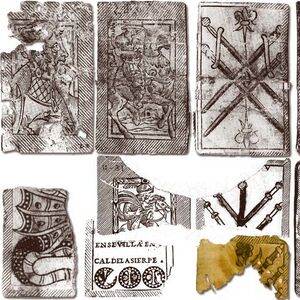
16th century cards discovered in Peru
Fragments of playing cards and 2 dice were unearthed in a 16th century rubbish tip adjacent to a Spanish house in the lower Rimac Valley in Peru, providing evidence of games played by early Spanish settlers.
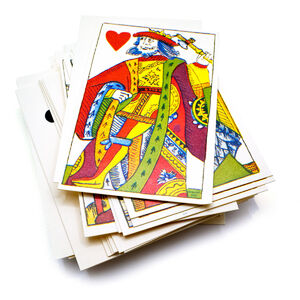
16th Century French Playing Cards based on Illustrations by Gurney Benham
This pack of cards by Rose & Pentagram is said to be based off Pierre Marechal, Rouen pack from the 1600s, but they are actually copies of drawings by Gurney Benham from his book Playing Cards: Their History and Secrets from 1930.
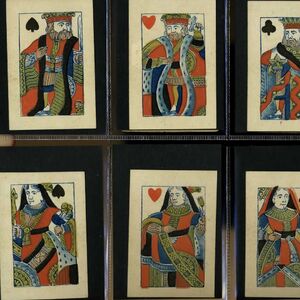
19: 19th Century Breaks With Tradition - Unusual Versions of the Standard English Pattern
The centuries-long tradition of English court cards was subject to misinterpretation and in some cases a desire for individuality. Here are some examples of breaks with that tradition.
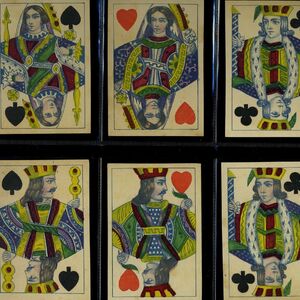
21: Belgian Makers: Brepols and Biermans
Brepols started making playing cards in 1826, although he had been in the printing trade since 1800. In 1833 the firm was called Brepols & Dierckx (the former's son-in-law). Biermans (1875-1970) was a relatively late arrival on the Turnhout playing card scene.
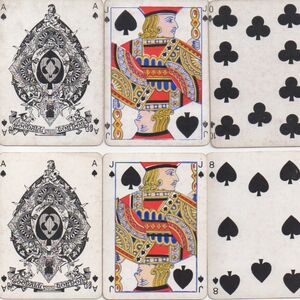
60: Some less common Goodall packs, 1875-95
There are some interesting packs from Goodall in the last quarter of the 19th century.
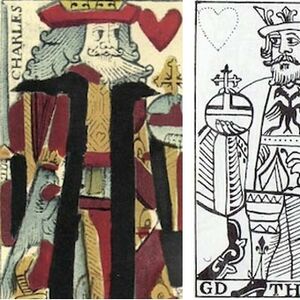
61: French regional patterns: the kings
On page 11 I illustrated several examples of the regional French patterns from Sylvia Mann's collection; this is a more in-depth look at the figures of these patterns ("portraits" in French).
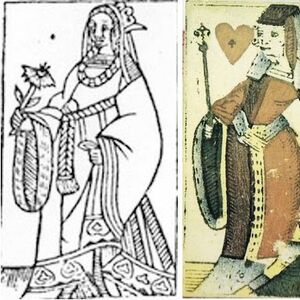
62: French regional patterns: the queens and jacks
Continuing our look at the figures from the regional patterns of France.
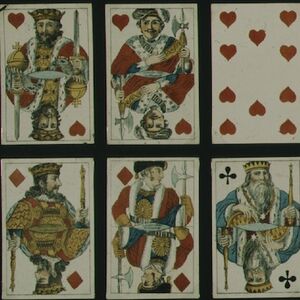
63: The descendants of the French regional patterns: 1
A great many regional patterns were exported from France and subsequently copied elsewhere. Some of them became local standards in their own right.
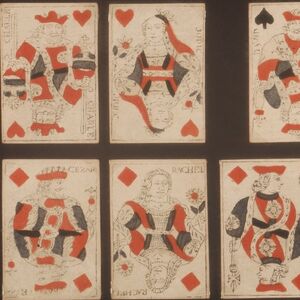
64: The descendants of the French regional patterns: 2
A continuation of the development of the off-spring of the Paris patterns and a few examples of how the French regional figures have inspired modern designers.
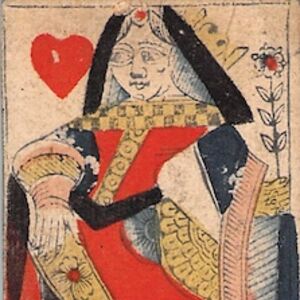
65: Adverts and related documents 1684-1877
Here are a few early advertisements relating to cards from newspapers 1684-1759 and a number of later 19th century documents of interest.
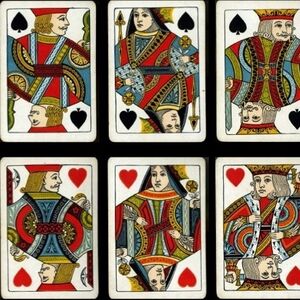
66: Adverts and related material 1862-1900
Some further material relating to cards from nineteenth and twentieth century periodicals.
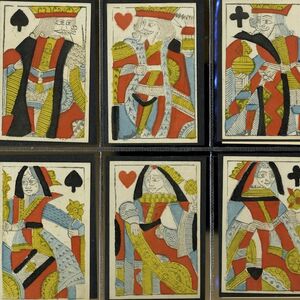
70: Woodblock and stencil : the spade courts
This is a presentation in a more straightforward fashion of the work done by Paul Bostock and me in our book of the same name.
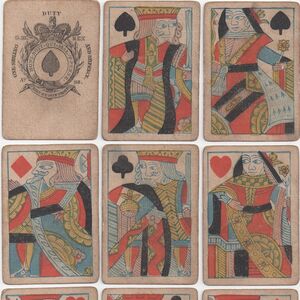
71: Woodblock and stencil: the hearts
A presentation of the main characteristics of the wood-block courts of the heart suit.
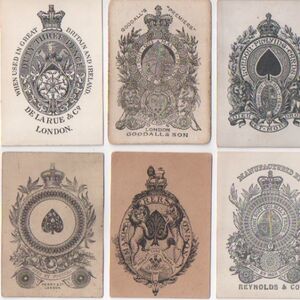
72: The Ace of Spades
In standard English packs the Ace of Spades is associated with decorative designs. This is a historical survey of why this should be.
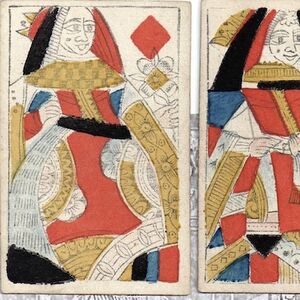
73: Fakes, Forgeries and Tax Evasion
When there are official taxes to pay, people will find a way to avoid paying them - often illegally.
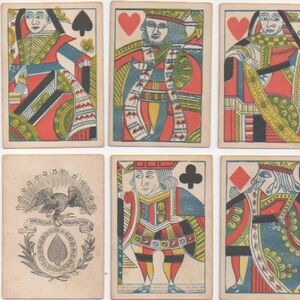
75: Early American cards
An overview of some of the early cards made in the United States.
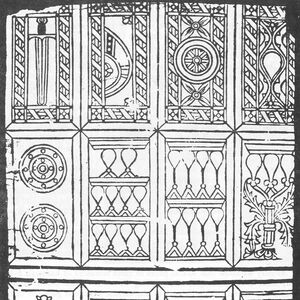
A Moorish Sheet of Playing Cards
This article was originally published in “The Playing-Card”, the Journal of the International Playing-Card Society (London), Volume XV, No.4, May 1987.
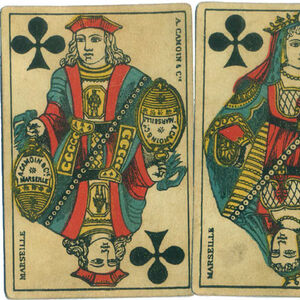
A. Camoin & Cie
This deck was inherited from ancestors, it has has a family history surrounding it. Details of the lives of previous owners make it all so fascinating.


